Many banks are stepping up capital mobilization to create room for a wave of credit growth in the second half of the year. This development has caused the mobilization interest rate to show signs of inching up.
Credit growth accelerates, savings interest rates begin to rise
The government has raised the GDP growth target for 2025 to 8.3-8.5%, setting the stage for double-digit growth ambitions in the coming years. To realize this target, according to experts, credit needs to increase by about 17-18%. Data from the State Bank of Vietnam (SBV) shows that credit in the first 6 months of the year increased by nearly 10%, the highest level since 2022, opening up the possibility of reaching the threshold of 16-17% for the whole year.
In fact, the semi-annual financial reports of many banks show that credit is increasing strongly. LPBank's credit growth is 11.2%, KienLongBank's is 13.2%, VietinBank's is 10%, Vietcombank's is over 11%, TPBank's is 11.7%, NamABank's is 14.7%, and NCB's is up to 22%. At the same time, capital mobilization is also accelerating, in which NCB's is up nearly 20%, KienLongBank's is 15.2%, NamABank's is over 22%...
Bank leaders said that capital mobilization in the first half of the year increased 5-6 times compared to the same period last year, not only to serve current credit growth but also to prepare resources for the second half of the year, when demand for loans is forecast to increase.

However, experts warn: if credit increases to 18%, the banking system will inject about 3 million billion VND into the economy . This capital flow will not pose risks if it flows into priority sectors. On the contrary, if it flows into speculative channels such as real estate and stocks, the risk of forming an asset bubble is very high.
In fact, there are signs that deposit interest rates have begun to come under pressure. According to statistics from the Vietnam Banking Association, since the beginning of July 2025, many banks such as VPBank, Techcombank, SeABank, VCBNeo, LPBank, etc. have adjusted deposit interest rates up for many terms.
Online deposits are currently enjoying incentives up to 1% higher than at the counter. Some banks are currently listing 6-month savings interest rates at over 6%/year, with large deposits up to 9%/year.
In the interbank market, overnight lending rates jumped to nearly 7%/year at the end of June due to high liquidity demand, and are currently hovering around 5%. Last week, the SBV net injected more than VND58,400 billion to support system liquidity.
Analysts predict that the second half of 2025 will see cash flow shift from defense to investment. Outstanding loans to securities companies at the end of the second quarter of 2025 reached VND300,000 billion, a record high, clearly demonstrating this trend.
Although interest rates have not been able to increase sharply thanks to the regulation of the Government and the State Bank, the pressure to increase still exists, especially when credit continues to accelerate and competition for mobilization becomes increasingly fierce.
Banks are happy but cannot be subjective
The strong increase in outstanding credit in the first half of the year is bringing positive profits to the banking system. However, behind that bright picture are many concerns about systemic risks, liquidity and sustainable growth. The State Bank of Vietnam (SBV) and banking regulators are showing caution as credit flows continue to play a key role in boosting the economy.
According to Mr. Luu Trung Thai, Chairman of the Board of Directors of MB Bank, in order for credit to grow in the right direction, the Government needs to proactively promote public investment, creating spillover effects to the private sector. At the same time, it is necessary to quickly remove obstacles in the real estate market and accelerate the restructuring of the corporate bond market. On the part of the State Bank, Mr. Thai suggested that the executive agency should firmly pursue the goal of stabilizing the macro economy, controlling inflation, while increasing credit supply and maintaining reasonable interest rates to support businesses.

Sharing the same view, Mr. Phan Duc Tu, Chairman of BIDV Board of Directors, emphasized the importance of balanced development between the financial market and the capital market. According to Mr. Tu, a healthy capital ecosystem will help increase the ability to supply medium and long-term capital, thereby allowing commercial banks to focus on short-term capital and banking services, reducing the burden on the credit system. He also said that it is necessary to continue to improve the capacity of risk management and safety supervision for credit institutions in the context of rapid credit expansion.
According to the State Bank of Vietnam, by the end of 2024, Vietnam's credit-to-GDP ratio had reached 134%, among the highest in the world. This is a sign that the economy is still heavily dependent on capital flows from banks. Although the credit growth target for 2025 is set at 16%, the State Bank of Vietnam still leaves open the possibility of further expansion if inflation is well controlled. However, the agency also warned that prolonged dependence on credit could lead to systemic risks, especially in the context of high liquidity pressure at the end of the year.
“The last 6 months of the year are the peak period for capital demand. Therefore, banks need to pay special attention to liquidity management, ensuring payment capacity in all situations,” Deputy Governor of the State Bank of Vietnam Pham Thanh Ha emphasized. He also affirmed that the State Bank of Vietnam will proactively support liquidity for the system when necessary, ensuring that credit activities are not interrupted.
Meanwhile, financial experts believe that the possibility of further interest rate cuts in the second half of 2025 is quite low. Although inflation is currently under control, pressures from exchange rates, international interest rates and global commodity price fluctuations are putting pressure on monetary policy. The US Federal Reserve's (Fed) policy, geopolitical situations, oil prices and tariffs will be unpredictable factors that can affect expectations of stable domestic inflation.
Looking further, economists say that the Vietnamese economy cannot rely on credit growth to boost GDP. In the long term, it is necessary to transform the growth model towards improving productivity and applying technology, instead of relying solely on loans. In particular, to reduce dependence on bank credit, the development of both stock and bond capital markets needs to be placed at the center of the national financial development strategy.
Source: https://baolamdong.vn/ngan-hang-day-manh-giai-ngan-ap-luc-don-len-lai-suat-huy-dong-383512.html


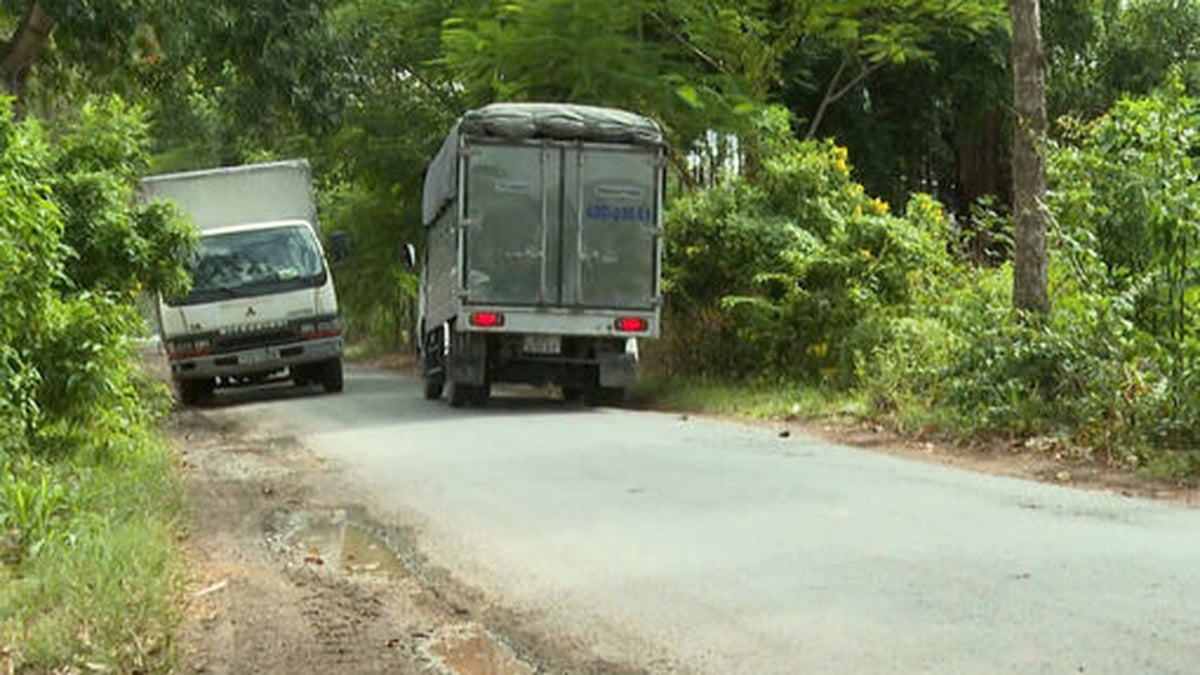





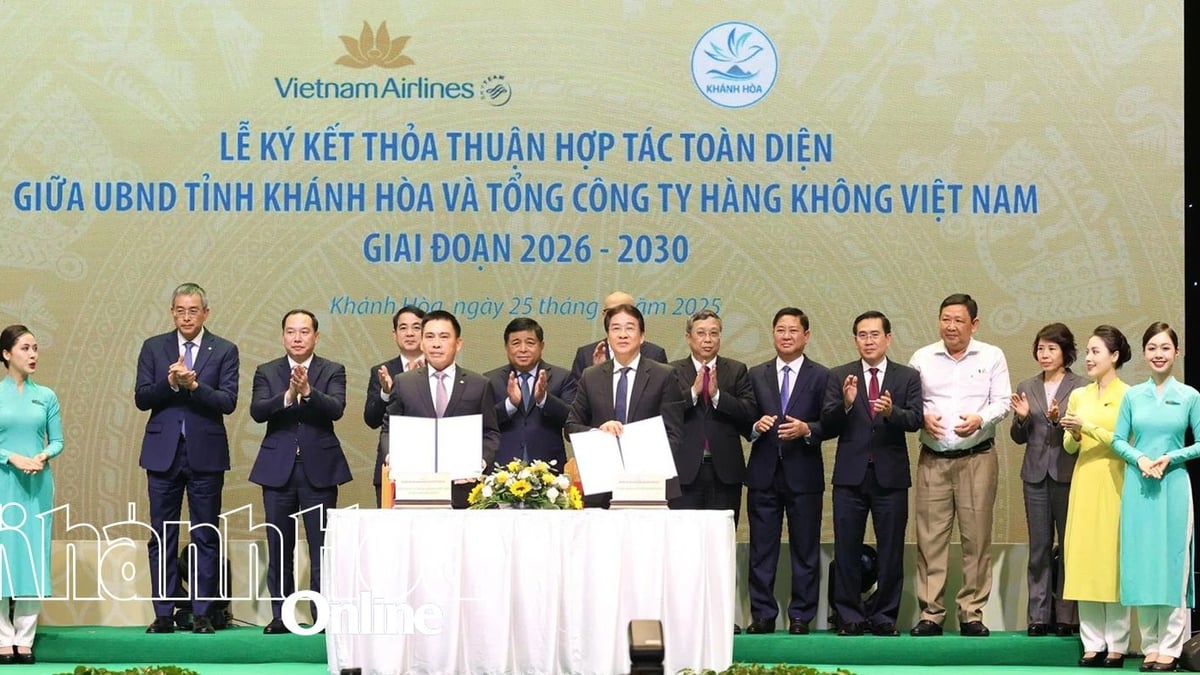
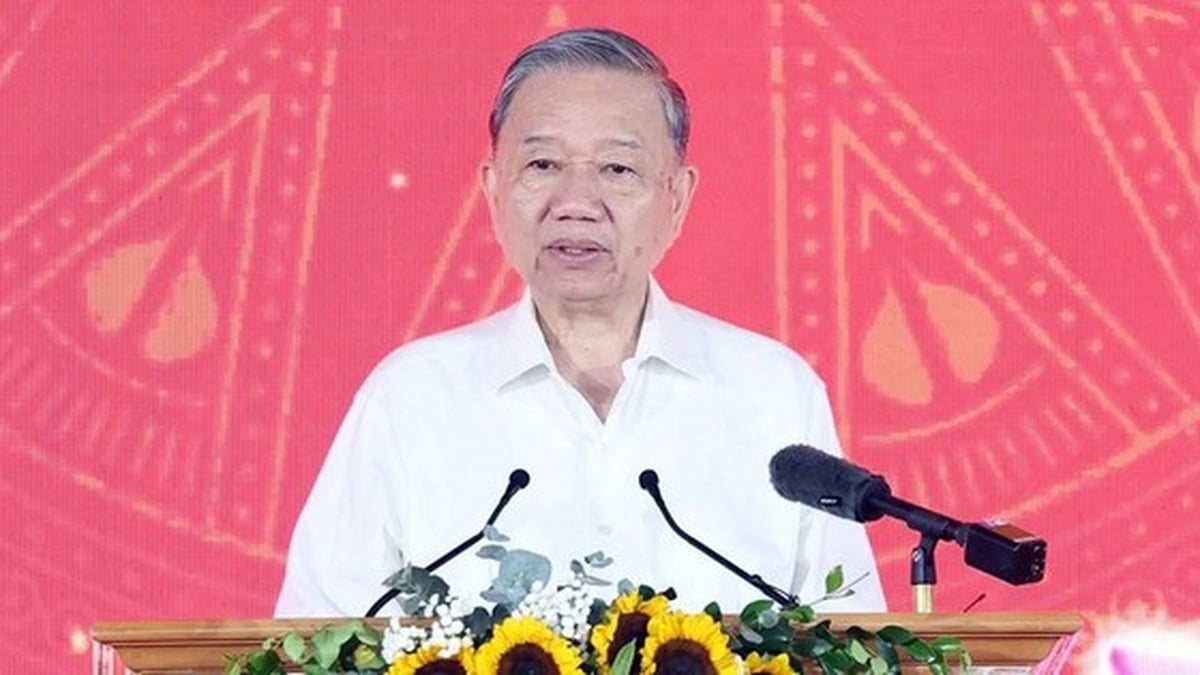

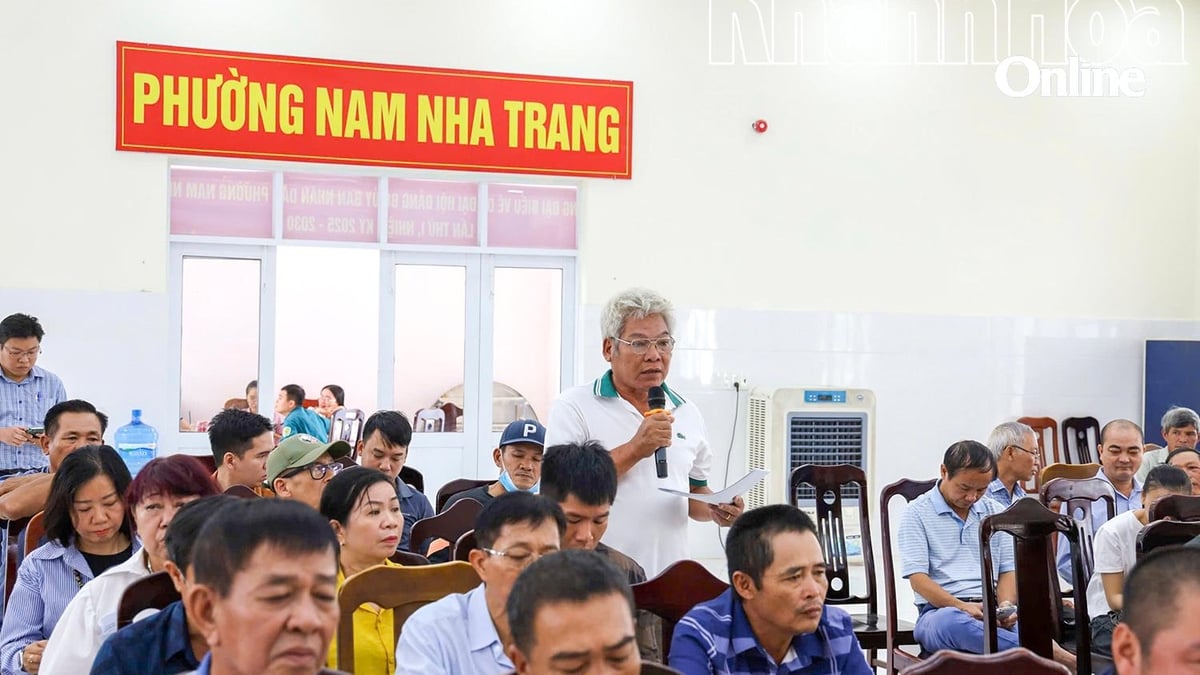





































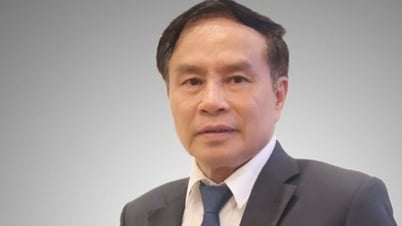




















































Comment (0)